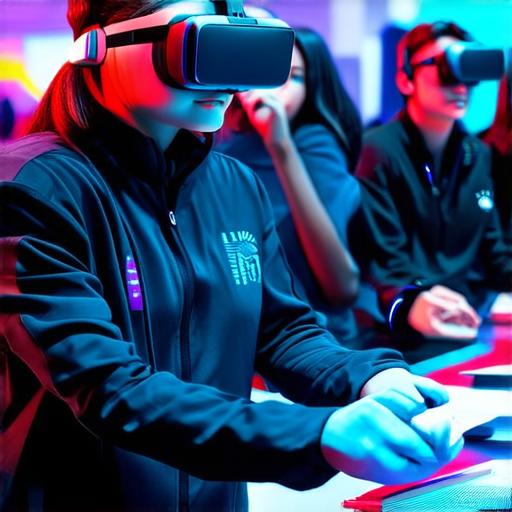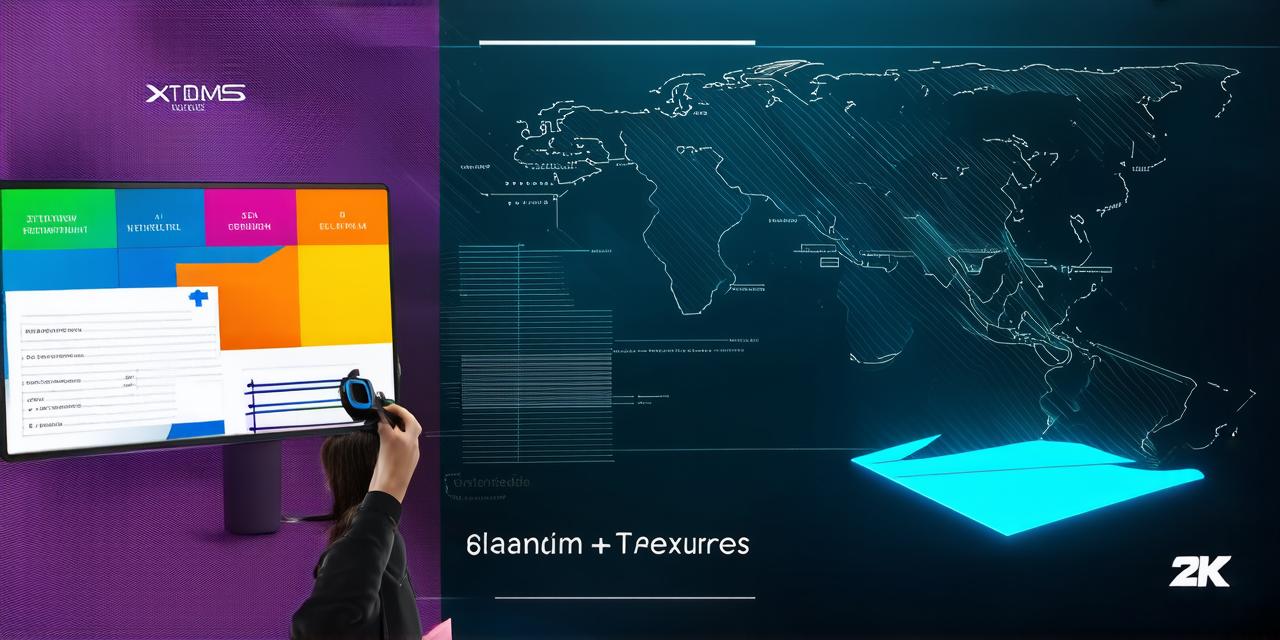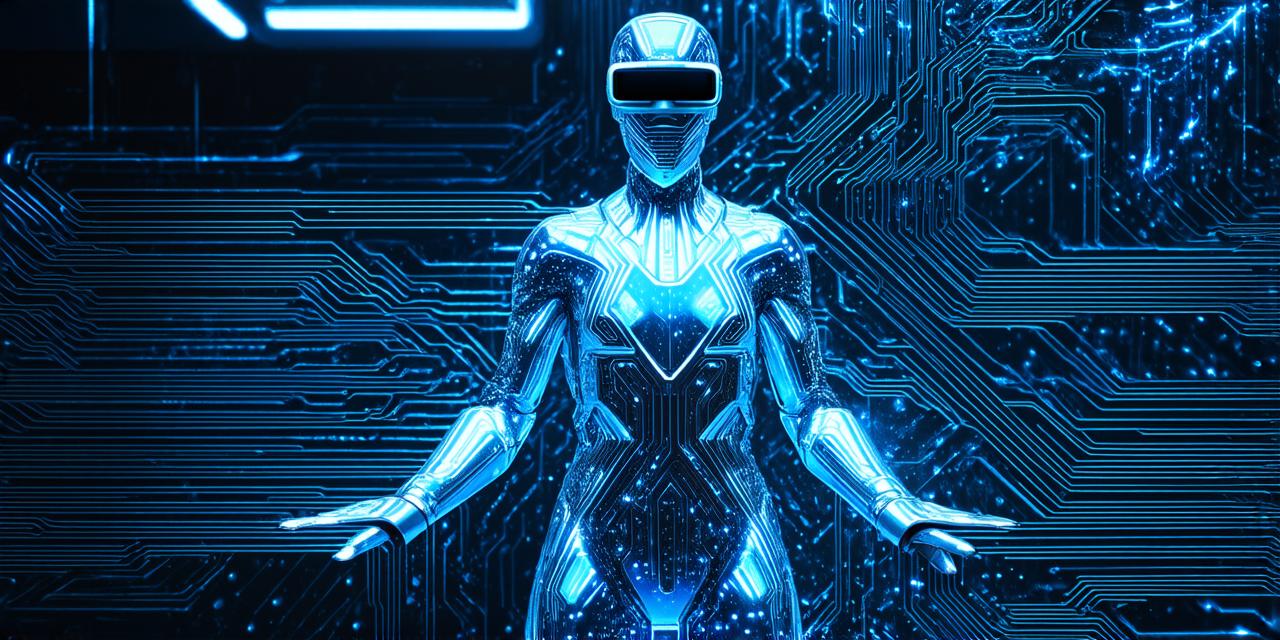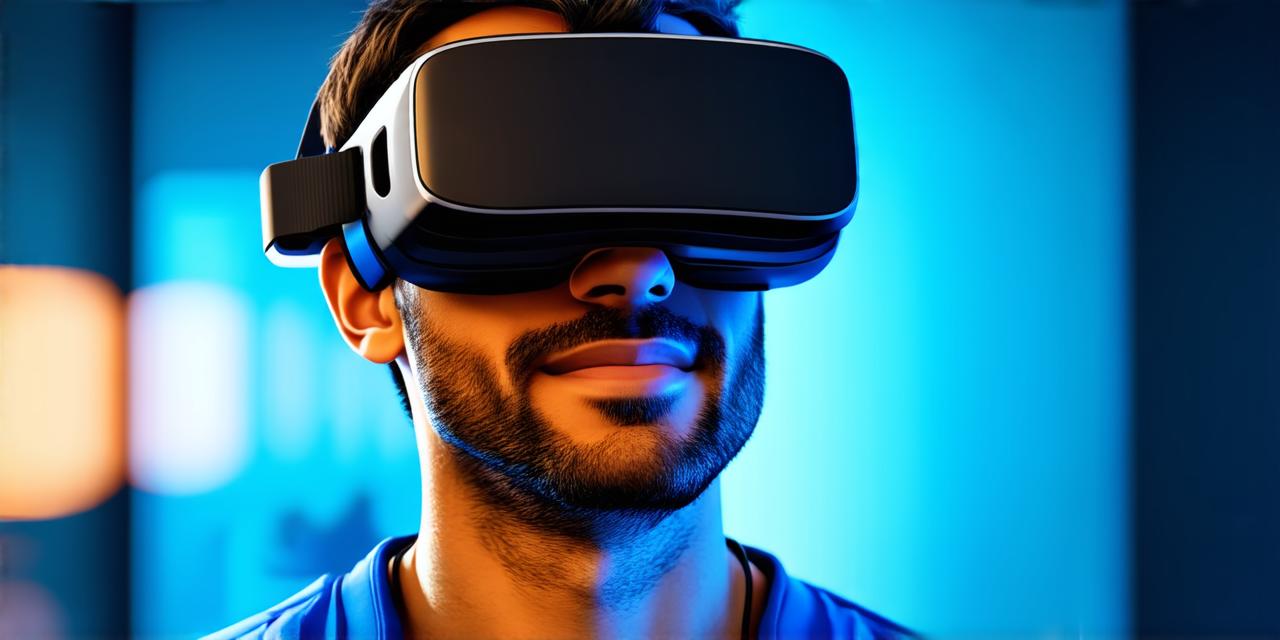Virtual reality (VR) is a rapidly growing technology that has the potential to revolutionize the way students learn and engage with educational content. By providing immersive, interactive experiences that simulate real-world environments, VR can enhance understanding and retention of information, while also increasing student engagement and motivation. In this article, we will explore how VR can be used in education to improve learning outcomes and create more engaging classroom experiences.
Improving Learning Outcomes with Virtual Reality
Virtual reality technology allows students to experience and interact with educational content in ways that traditional teaching methods cannot. By simulating real-world environments, VR can provide students with a deeper understanding of complex concepts and ideas. For example, virtual field trips can allow students to explore historical sites, scientific phenomena, or cultural landmarks without ever leaving the classroom. This can enhance their knowledge and appreciation for these subjects, while also providing a safe and controlled environment for learning.
In addition to enhancing understanding, VR can also improve retention of information. Research has shown that students who learn through immersive experiences tend to remember more information than those who learn through traditional methods such as reading or lectures. By providing a hands-on, interactive experience, VR can help students internalize concepts and ideas, making them more likely to retain this knowledge in the long term.
Increasing Student Engagement with Virtual Reality

Virtual reality technology can also increase student engagement in the classroom. By providing students with interactive, immersive experiences, VR can make learning more fun and exciting. This can help students stay motivated and focused, while also encouraging them to take an active role in their own learning.
One of the key benefits of VR in education is its ability to provide students with personalized learning experiences. By allowing students to customize their own virtual environments and choose from a variety of educational content, VR can help them learn at their own pace and in their own style. This can be particularly beneficial for students who struggle with traditional teaching methods or who have different learning needs.
Virtual reality technology can also increase student engagement by providing opportunities for collaboration and teamwork. By working together in virtual environments, students can learn from each other and work together to solve problems. This can help them develop important social skills, while also enhancing their understanding of the subject matter.
Conclusion
Virtual reality technology has the potential to revolutionize the way students learn and engage with educational content. By providing immersive, interactive experiences that simulate real-world environments, VR can enhance understanding and retention of information, while also increasing student engagement and motivation. As virtual reality technology continues to evolve, it will be interesting to see how it is integrated into education and what impact it has on student learning outcomes.



